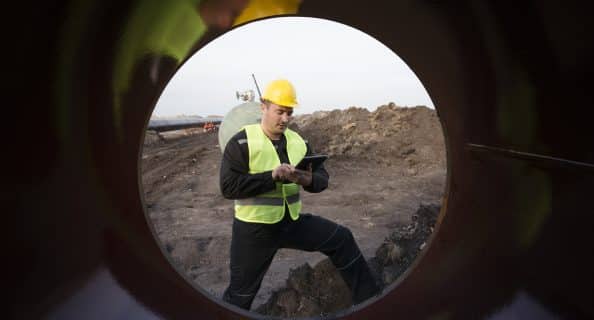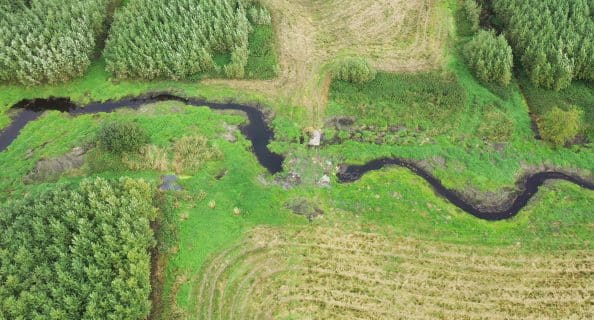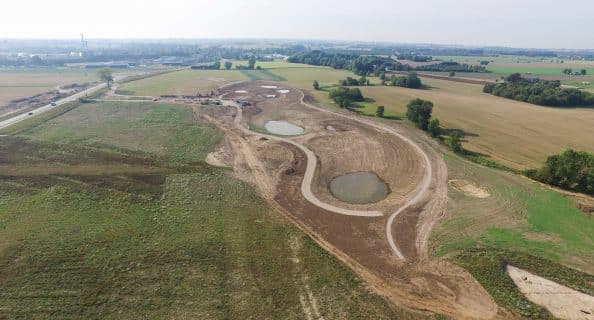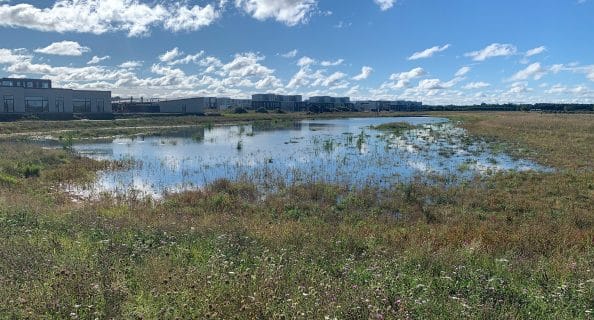At Envidan, we bring our deep expertise within the entire water cycle as well as our knowledge of sustainability and digitalization when we adapt to climate change. We are at the forefront of climate adaptation and we integrate climate adaptation into all our projects. We involve various specialists and we offer state-of-the-art solutions – from radar monitoring to advanced hydraulic models and simulations to buildable blue and green solutions for urban spaces.
Our hydraulic engineers dont only use the latest modeling tools to make well-documented climate change adaptation; they are also at the forefront of developing new techniques, methods and tools that enable the industry to adapt to climate change even better. Our planners and civil engineers think holistically and respect the many stakeholders in climate adaptation projects. We also involve our nature and water environment experts in the recipient assessment and have PhD-trained specialists in surface water treatment. Throughout our climate adaptation projects, we make use of active process management in the stakeholder and citizen involvement process to ensure a smooth and successful process.
The changing climate also increases the need for up-to-date reservoirs and structures to handle the increased water volumes. We have solid experience in the design of retention and stormwater basins as well as overflow and outfall structures. We prioritize the surroundings when designing new basins, and we base the location and design of new basin solutions on the utility’s strategy for blue-green initiatives. We have a strong network of landscape architects and other related disciplines, and together with them we create recreational spaces in the city where climate adaptation is a value-adding part of the green space.
Contact me
for more information
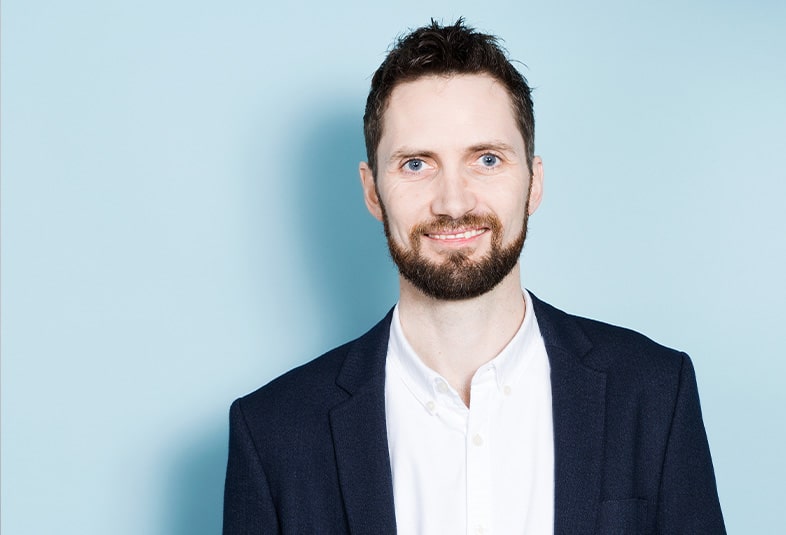
The climate is changing and climate models for Denmark show increased annual precipitation and thus a higher ground water table. Groundwater levels will rise – locally by several meters by 2050. At the same time, projections show that surface water levels will rise and sea levels will rise up to 0.9 meters by 2100.
Climate change is undoubtedly making its presence felt and we will see more frequent flooding and other damaging events in cities in the future. That is why we need to adapt to the changing climate. In Denmark, climate adaptation focuses primarily on dealing with increased rainfall, which manifests itself in the form of damage from cloudbursts, storm surges and rising groundwater and overflowing watercourses.
Manage rainwater locally
As rainfall increases in volume and intensity, it is necessary to manage all or part of the rainwater locally, as the pressure on sewage systems becomes too great and excessive rainfall is unnecessarily passed on to treatment plants. This is where SuDS solutions come into play, as they are an integral part of climate adaptation and a natural component of future drainage systems.
There are many opportunities for citizens to implement SuDS solutions on their own property, and we have extensive experience with citizen counseling, where our rainwater specialists advise citizens in their gardens based on the specific local issues, such as soil conditions, the path of the water on their own property, connection to the community system, etc.
At the same time, we incorporate SuDS solutions into the public drainage system and establish rainbeds, trenches, waterways, permeable paving, etc. Rainwater gives us a unique opportunity to create recreational oases in public spaces, where rainwater becomes a visible part of our cities in a combination of blue and green solutions.
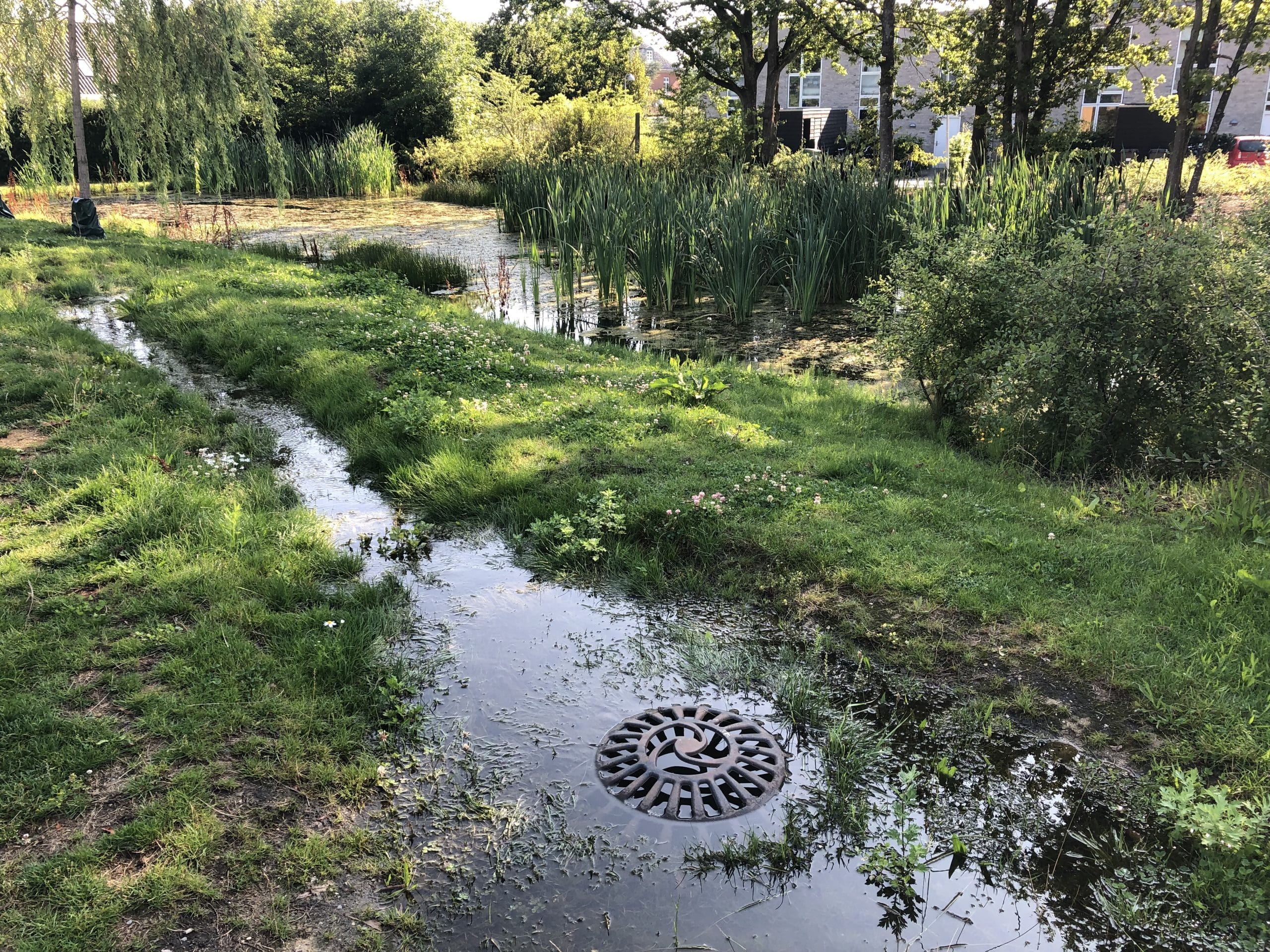
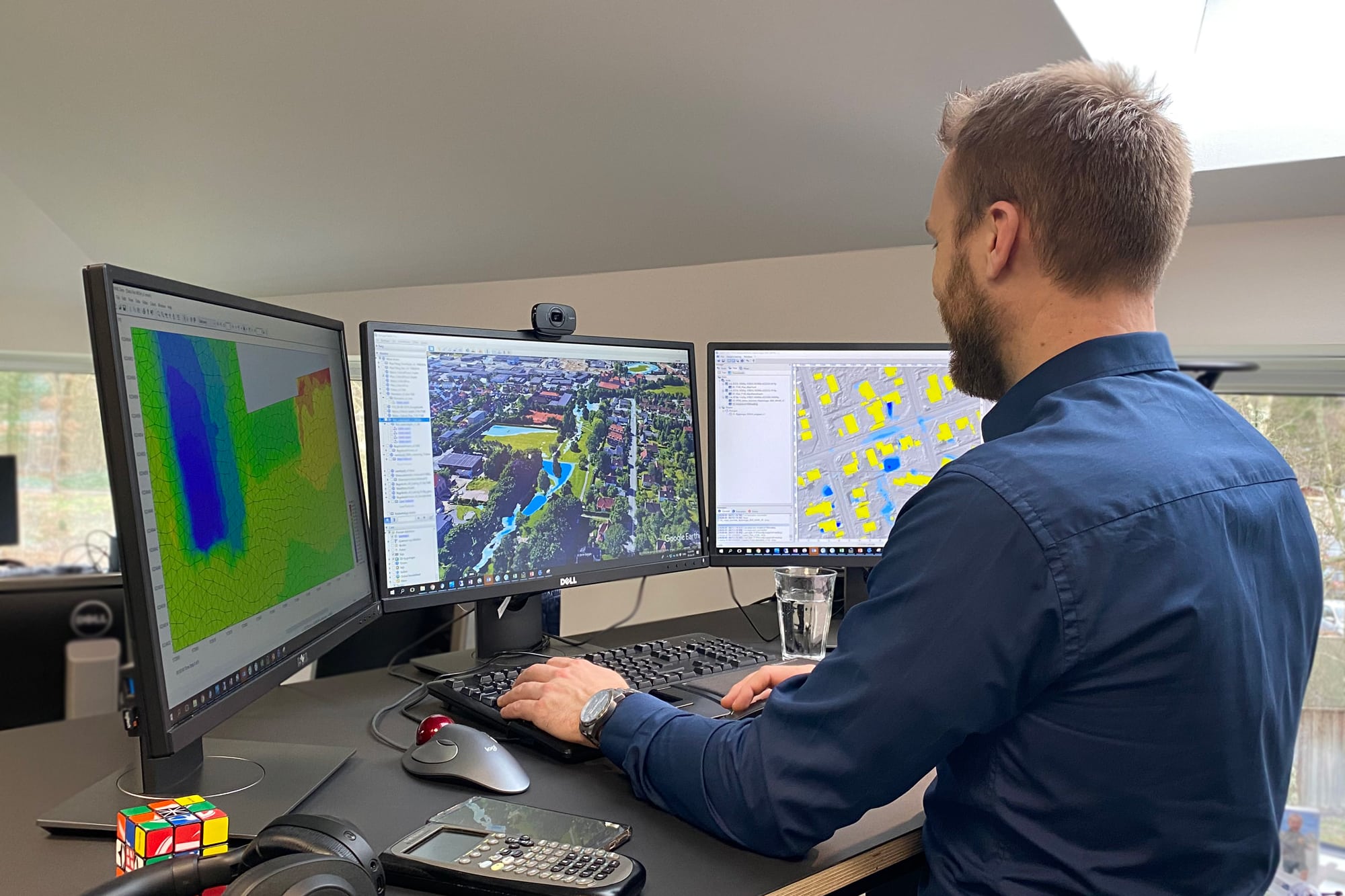
Make our expertise in hydraulic modeling a factor
Climate change and increased precipitation are placing new demands on the way we work with hydraulic modeling in planning. But how do you prioritize your investments to meet future needs while minimizing the risk of flooding? Hydraulic analyses can help define this.
Envidan has one of the largest hydraulic modeling teams in Denmark. Our hydraulics specialists are experts in their field and are comfortable working in well-known specialist programs such as MIKE URBAN Classic, MIKE+, MIKE 21/21FM, MIKE SHE, MIKE HYDRO River as well as SCALGO live and VASP. In addition to the commonly known programs, we also work with KYPipe, HEC-RAS, Mega-WATS, HY-8 etc.
During a project start-up phase, we review the purpose of the project and in close cooperation with the customer and specialists, we agree on the scope of the hydraulic modeling and the software to be used. With many years of experience and specialists across Denmark, we draw on experience from several different geographies to ensure the best solution for the project.
Rainwater management calls for holistic and multifunctional solutions
The need for climate and cloudburst protection of our cities and rural areas is increasing, placing ever higher demands on how we deal with rising rainfall, storm surges and groundwater levels. At Envidan, we have many years of experience in climate and cloudburst protection, which we bring into play when solving the climate challenges of the future.
We take a site-specific approach to stormwater management and some of the methods we use are:
- Diversion of torrential rain via identified pathways to areas where the water does the least damage.
- Rainwater delay with the retention of rainwater in a reservoir/basin on the surface or underground, after which the water is slowly discharged to another SuDS system, e.g. a cavern, the sewer system or another recipient.
- Seepage of the water to groundwater either through the surface by means of rain gardens, basins or permeable pavements, or from a reservoir in the ground using a water trap.
- Evaporation, where water is retained during a rainstorm and some evaporates when the rain stops. The effect is present in all surface-based SuDS systems but is most targeted on green roofs.
- Transportation of the water to another location. This can be in the form of closed systems where water does not infiltrate (concrete channels, stone channels) or open systems where water does infiltrate (ditches, green channels).
- Treatment of water to remove unwanted pollutants that can be removed mainly from road water. Examples include natural physical, chemical and biological processes in open ponds with vegetation or conventional solutions such as sand and oil traps and oil separators or various filtration methods.
- Reuse of rainwater for e.g. garden irrigation. With more advanced systems, rainwater can also replace drinking water for flushing toilets and washing machines.
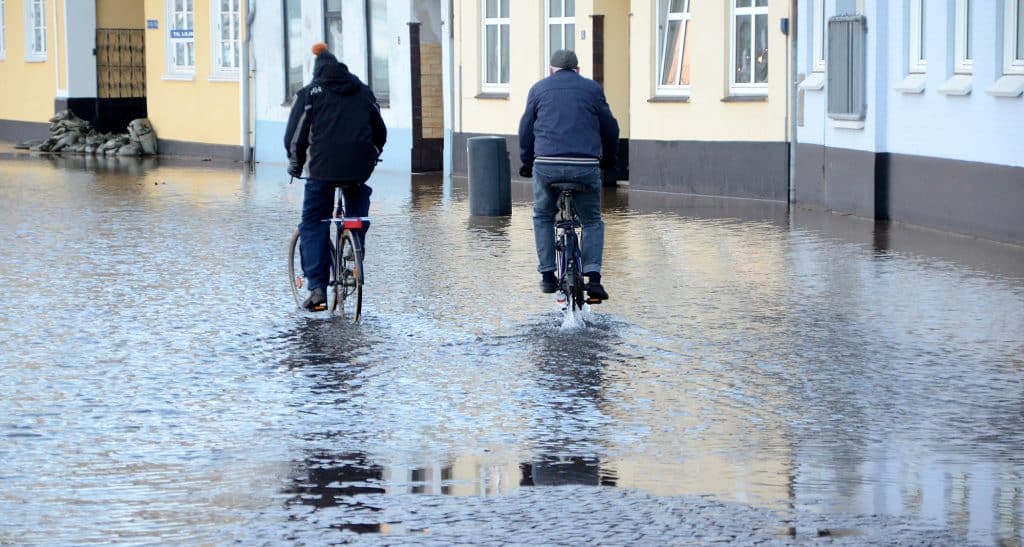
Want to know more?
Martin Hyllegaard Madsen
+45 46473178
mhm@envidan.dk
